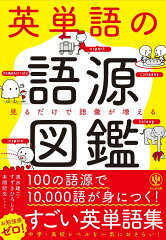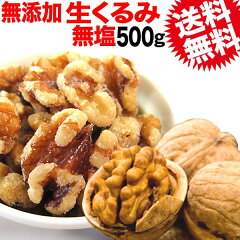※本記事には広告が表示されます。

栄養素の英語をおぼえよう
35種類の栄養素を英語で一覧表にしました。あまり使うことがないかもしれませんが参考までに。各栄養素には説明のリンクを張り付けてあります。合わせてご利用ください。
栄養素の英語一覧
英語の勉強に、新しい味わいを加えませんか?世界中から選りすぐりのコーヒー豆をお届けするサブスクリプションで、毎朝のコーヒータイムを英語学習の特別な瞬間に変えましょう。美味しいコーヒーとともに、英語力も一緒に深めていきませんか?今すぐチェック!100種類以上のスペシャルティコーヒーを楽しめるコーヒーサブスク ![]()
| 栄養素 | 英語 |
|---|---|
| カリウム | Potassium |
| カルシウム | Calcium |
| マグネシウム | Magnesium |
| リン | Rin |
| 鉄 | iron |
| 亜鉛 | Zinc |
| 銅 | Copper |
| マンガン | Manganese |
| ヨウ素 | iodine |
| セレン | Selenium |
| クロム | Chromium |
| モリブデン | Molybdenum |
料理をもっと楽しく、もっと簡単に – おすすめサービス紹介
健康的な食生活を送るためには、適切な食材選びと料理方法が重要です。しかし、忙しい毎日の中で、バランスの取れた食事を準備するのはなかなか大変。そんなあなたに、料理の悩みを解決し、日々の食事をもっと楽しく、もっと簡単にするお手伝いをします
BASEのサービス
自炊を簡単にするためのLINE自動配信サービス「ゼロから始める単身料理」と「イチから始める単身料理」をご利用いただけます。毎日の食事準備をサポートする便利なガイドをお届けします。
BASEで便利な自炊ガイドを手に入れよう!
ココナラでのサービス
食材選びから料理のコツまで、私が直接アドバイスを提供します。食材の深掘りから料理相談、自炊の悩みまで、あなたの食生活をサポート。お気軽にお問い合わせください。
ココナラで料理のプロに相談しましょう!




